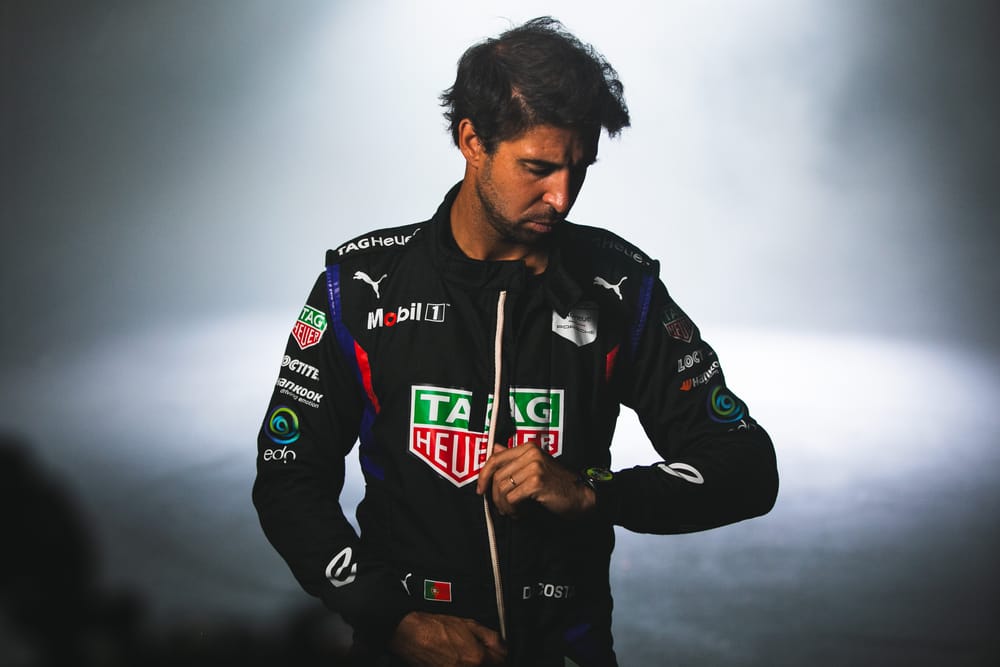Porsche has confirmed that Antonio Felix da Costa will leave its Formula E team after three seasons as team-mate to Pascal Wehrlein.
As predicted by The Race in August, da Costa's stint with the reigning teams' champion is finally over after a protracted period of negotiation ended last month.
It was a kind of mediation that tried - but failed - to resolve deep-rooted concerns that da Costa had within the team for a long time. He now moves on after three seasons that brought some memorable success and a teams' title last summer that was satisfying but in da Costa's orbit framed by clear irritations.
It's all a far cry from August 2022 when, the day after the season-closing Seoul E-Prix, Porsche announced its exciting new signing. Having moved from BMW to DS to Porsche, one of Formula E's most engaging, universally liked and admired characters was finding a home that appeared to suit his standing and his worth.
A partnership that initially promised so much started slowly but then delivered with a glut of wins in 2024, before a kind of stutter again last season. The performances were not always there between them. Therefore their partnership must be regarded as one of the more curious case studies of a culture clash between driver and team.
It now appears to have been reconciled with each party probably better off without the discord, the drama and each other. Nico Mueller, a personality who seems the complete antithesis of da Costa's heart on sleeve ethic, is set to be confirmed as his replacement shortly.
How it came to such a position for da Costa that he needed a move away, and Porsche ultimately relinquished its options on his services, really goes back to the autumn of 2023 and a congregation that was stood forlornly, gossiping in the Valencia back paddock.
The first cracks

When smoke started to bellow out of the Fortescue pit box on the first day of Valencia testing in October 2023 it was also unknowingly heralding the beginning of the series' most epic internal conflict.
At the circuit that day The Race congregated with a number of da Costa's rivals who like the rest of the paddock were discussing the brief conflagration and evacuation of the pits and what it might mean for the rest of the track running.
Then, as it does, the chatter changed to rumour about a range of topics. One driver piped up that da Costa was not his usual self at Valencia and that the root of the unease was that Porsche had decreed he stand down from his World Endurance Championship drive for 2024.
He had intended to continue with the Jota Porsche 963 Hypercar programme. Da Costa had been the first driver to drive the car the previous spring and had gone on to showcase potential with it that pointed to an exciting second season ahead.
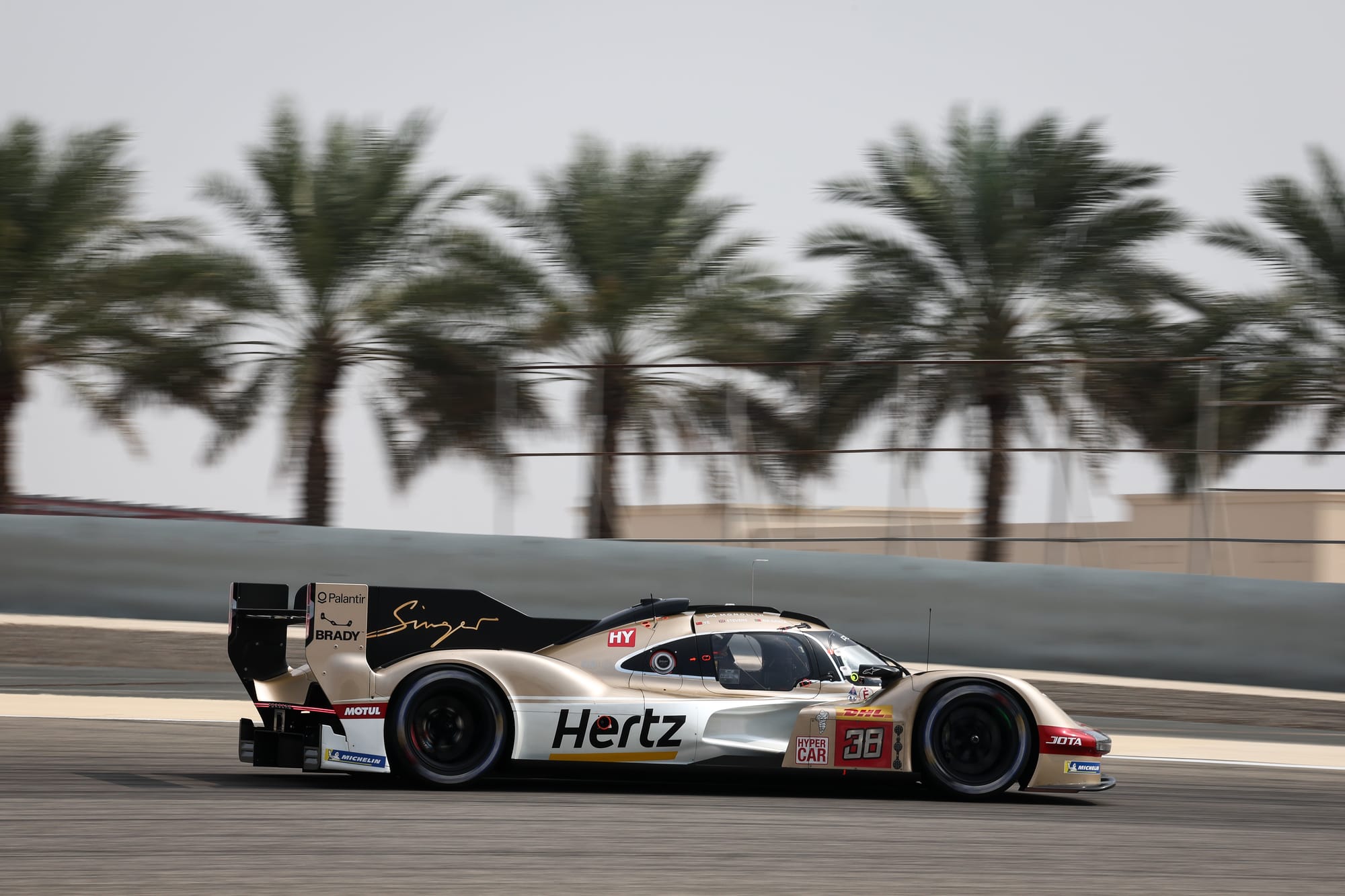
But Porsche had studied its charge's 2023 Formula E form carefully. It had come to the conclusion that, like his team-mate Wehrlein, da Costa would benefit from 100% concentration on Formula E for 2024. Da Costa, a driver who would race every weekend of the year if he could, naturally disagreed.
The situation was clear from Porsche's side and the decision was made, and da Costa had to swallow it.
The irreversible fissure
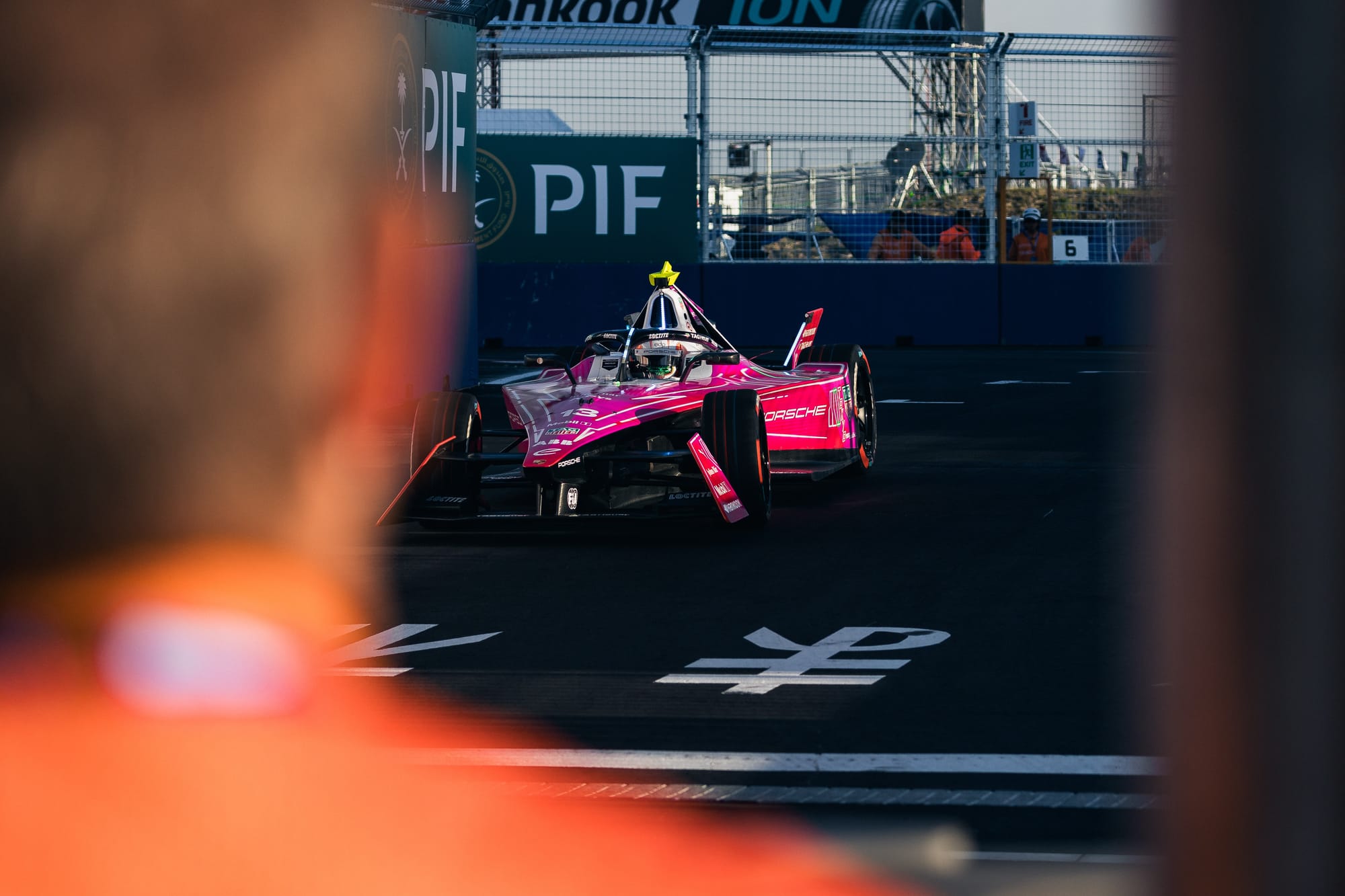
Was there resentment? Probably. Did it trigger what came next? Possibly.
Thursday in Tokyo last year, before the inaugural Japanese Formula E race. It's damp, dreary and the back of the paddock looks like Milford Haven on a good day.
The Race Media's founder Andrew van de Burgt and I get chatting to a driver. As the conversation winds down a revelation hits us between the eyes. “I've heard Mueller tested for Porsche a few weeks ago,” said the driver, completely unsolicited. Pardon?
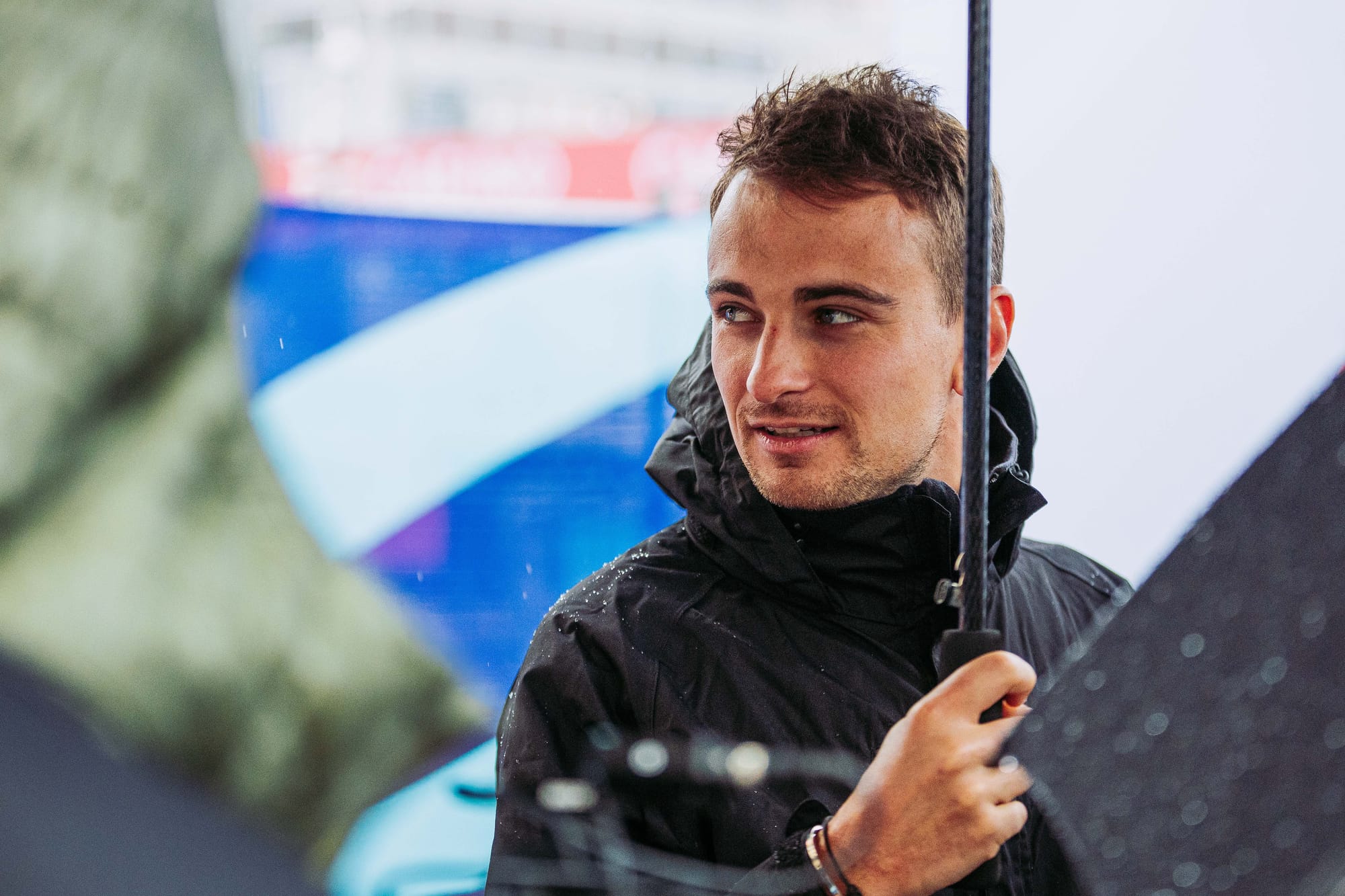
Mueller, at that point, wasn't even a Porsche customer driver, racing instead for the Abt Cupra team. A mid-season call-up to test for a rival whose drivers were both contracted into next season seemed remarkable.
A look at my schedule revealed who was next up. Florian Modlinger. Porsche chief.
The first question was a slam-dunk. ‘How did the Nico Mueller test go?' The lips didn't confirm it. The body language did.
Thirty minutes later I saw da Costa walking through the pits. He looked at me, shook his head. Wouldn't talk. That was highly unusual.
This appeared to be a next level breakdown of a relationship that was already fragile and there was a genuine feeling that Mueller might even be in the seat for the next race at Misano.

Destiny though has a funny way of flipping the narrative. What felt like a terminal situation for da Costa and Porsche at that point turned, at Misano a few weeks later, from a funereal atmosphere to something that defied adequate description in the sense of raw emotion.
It was there that da Costa won, was disqualified and then made a mistake before his team-mate Wehrlein took the second victory. Unlike da Costa he kept his points and savoured his win.
Then the winning streak of Berlin, Shanghai and Portland came, meaning that not only did da Costa have a ludicrously dramatic whiff of the title himself coming into London but he also helped Wehrlein by taking points off the twin-Jaguar threat of Nick Cassidy and Mitch Evans. He also actively raced to assist his team-mate too. In his head he was owed not one, but several.
In Porsche's collective mind this was the da Costa it paid for, not the shadow it had seen at the first three races, notably in Diriyah where he admitted himself he had been awful. Again, a discord in philosophy was mixing with a character clash between them and it wasn't getting resolved.
The results eased the tension a bit. Going into the off-season of 2024-25 da Costa was rebuilding and relaxing. A potential loosening of the limits on him racing outside Formula E was also playing out. Surely he'd be back to Le Mans at least?
Well, he would be but not in the way he imagined. The pain of seeing Wehrlein selected for the factory Porsche Penske squad for the 24 Hours must have stung a fair bit.
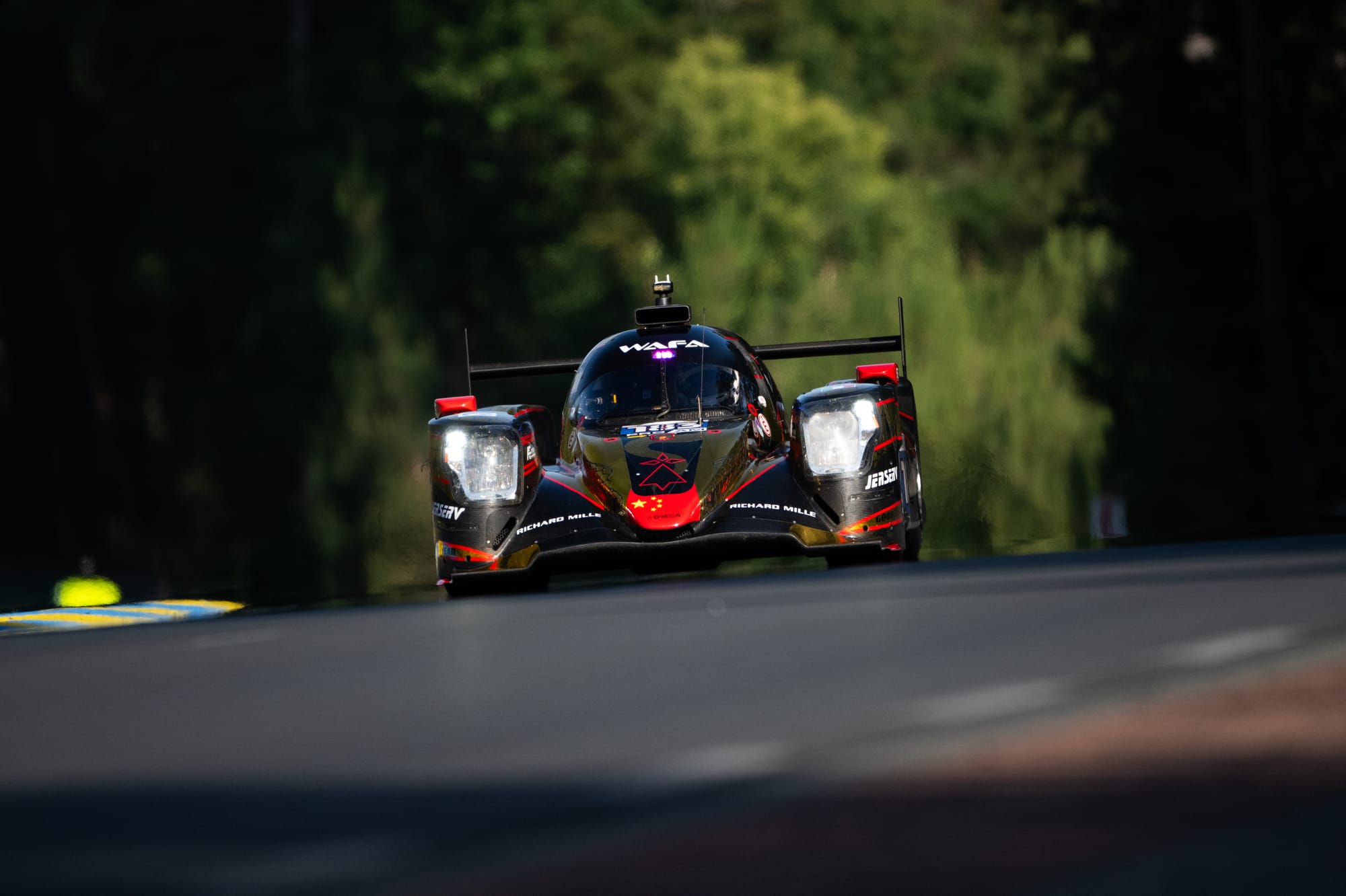
At Le Mans da Costa was in AF Corse branded teamwear but with Porsche boots on as he raced in LMP2.
A stranger sight will not be seen for a long time.
It's believed at around this time that he and his manager Tiago Monteiro informed Porsche that he wanted out. A week before at Shanghai he and Wehrlein almost came to blows in a messy first race. It felt entirely inevitable that they would clash again, and so they did in Berlin practice a few weeks later.
The final collapse
Back to Sao Paulo, December 2024. A new season, fresh hope. Behind the scenes not a lot had changed, though. Wehrlein the champion was rightly lauded for his title and da Costa was absolutely adamant that he would follow it up with his own triumph, come what may.
What came was a strong start with two second places in Sao Paulo and Mexico City respectively. Wehrlein ended that first race on his head but had given notice of intent with a pole and an initial lead.
But the real drama was at this stage completely unseen and happened hours earlier on the drivers' parade for the fans. The Race revealed last month that a confrontation between the pair took place on that parade. The nature of it will likely never be publicly known but has been described to The Race as a joke that was half heard and taken out of context.
Whatever happened it festered and signalled the end of any kind of relationship between the pair. There was some cordiality at official engagements but other than that, not a word.
Even when the two collided months later in free practice one at Berlin, the matter was brushed under a Weissach carpet or two. By this time da Costa was focused on the job at hand but mentally, from a future perspective, he was elsewhere. Porsche tried to reconcile the situation but to no avail.
Up to and including the London E-Prix finale negotiations went on. As Porsche celebrated a hard-earned and deserved teams' title, da Costa chatted intently under the podium with Jaguar's general manager Gary Ekerold.
Irony stalks the Formula E paddock at every race. On this occasion it really seemed like two worlds were colliding right in front of our eyes.


